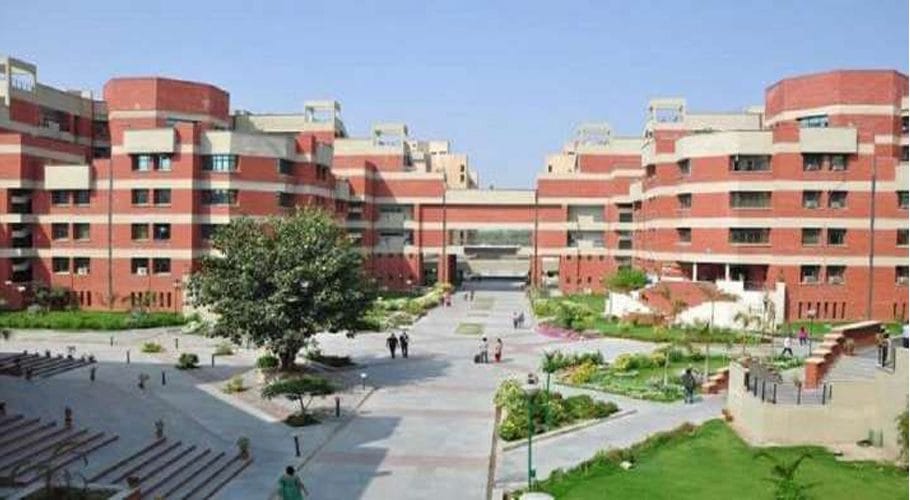On the eve of the United States’ presidential vote, an asteroid colliding with Earth could approach the planet, according to the Center for Near Object Studies at NASA’s Jet Propulsion Laboratory. While numerous social networks expressed concern at the news of the astroid
“Asteroid 2018VP1 is very small, approx. 6.5 feet and no threat to Earth! It currently has a 0.41% chance of entering our planet’s atmosphere, but if it did, it would disintegrate due to its extremely small size. “
NASA downplayed its risk and tweeted on Sunday
What is 2018VP1, the “Election Day Astroid”?
The asteroid, named 2018VP, was first discovered at the Palomar Observatory in San Diego County, California two years ago. A 13-day observation arc followed, after which the asteroid was no longer detected.
When it was first discovered?
- The asteroid, which has an orbital period of two years, was about 2,80000 miles from Earth, according to Science Alert. This year, however, the asteroid could be as close as 4,700 miles according to NASA’s Close-Approach Database. Asteroid 2018VP1: Should we be worried?
- NASA said there is a 0.41% chance, or 1 in 240, that 2018VP1 will hit Earth. Even if the asteroid enters our planet’s atmosphere, it is unlikely to cause damage on November 2.
- According to The Planetary Society, it is estimated that there are around 1 billion asteroids over a meter in diameter. Objects that can cause significant damage on impact measure over 30 meters.
- The Chicxulub impactor, the celestial object that caused the sudden extinction of most dinosaur species 66 million years ago, was over 10 kilometers in diameter.
- 2018VP1 is almost 2 meters in diameter, about the size of a small car, and would likely burn in an impressive fireball after entering Earth’s atmosphere before hitting the ground. According to NASA, such an event occurs once a year.
- According to NASA’s Near-Earth Object Observation Program, asteroids 140 meters or more (larger than a small football stadium) are “the biggest concern” because of the level of devastation their impact can cause. However, it has been pointed out that no asteroid longer than 140 meters has a “significant” chance of hitting Earth in the next 100 years.
Deflect the asteroids
Over the years, scientists have suggested different ways to protect against threats of more serious impact events, such as detonating the asteroid before it reaches Earth or diverting it from its Earth course by hitting with a spaceship.
- The most drastic measure undertaken to date is the Asteroid Deflection and Impact Assessment (AIDA), which includes NASA’s Double Asteroid Redirection Test (DART) and European Space Agency’s Hera ( ESA).
- The target of the mission is Didymos, a binary asteroid close to Earth, one of whose bodies is the size that could pose the greatest threat to Earth.
- In 2018, NASA announced that it had started construction of DART, which is slated to launch in 2021 with the aim of crashing into the smallest asteroid in the Didymos system at around 6 km per second in 2022 Hera, scheduled for launch.
- In 2024, it will arrive at the Didymos system in 2027 to measure the impact crater produced by the DART collision and study the change in the orbital trajectory of the asteroid.










More Stories
Orissa High Court Criticizes OPSC for Flawed Evaluation in Judicial Exam
MAH CET Registration 2025: Extended Deadline and Key Details
CUET PG 2025 Registration Extended: Apply Before February 8